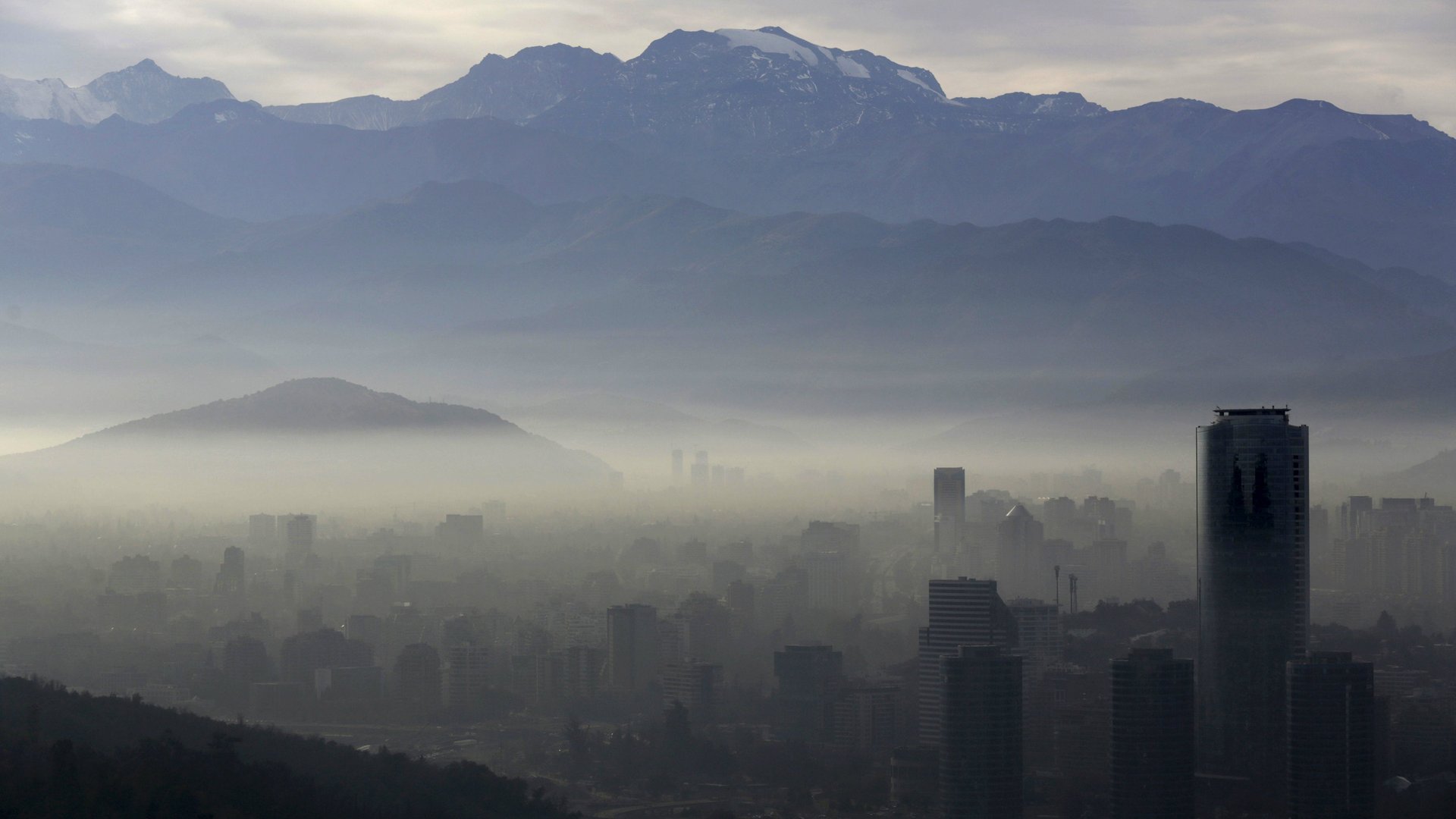Study: Renewable energy saves lives
Building wind and solar farms helps to reduce the human impact on climate change by displacing noxious emissions from coal-fired power plants. A new study says there’s another important benefit to renewables development: cost savings from cleaner air that saves lives.


Building wind and solar farms helps to reduce the human impact on climate change by displacing noxious emissions from coal-fired power plants. A new study says there’s another important benefit to renewables development: cost savings from cleaner air that saves lives.
Researchers from Harvard University, in a bid to show the monetary value of clean energy projects in terms of improved public health, have found that energy efficiency measures and low-carbon energy sources can save a region between $5.7 million and $210 million annually, based on the accepted dollar value of human life.
Those benefits depend on the type of low-carbon energy involved and the population density of the area surrounding a coal-fired power plant whose emissions are reduced by a clean energy project, according to the study, published Aug. 31 in the journal Nature Climate Change.
“This study demonstrates that energy efficiency and renewable energy can have substantial benefits to both the climate and to public health, and that these results could be a big player in a full benefit-cost analysis of these projects,” study lead author Jonathan Buonocore, a research associate at Harvard’s Center for Health and the Global Environment, said. “Additionally, this research shows that the climate benefits and the health benefits are on par with each other.”
Renewables and energy efficiency measures—major components of the Obama administration’s new Clean Power Plan—help displace power plants running on coal and other fossil fuels, which are the leading drivers of climate change. They also help reduce harmful emissions of nitrous oxide, sulphur dioxide, and carbon dioxide.
The Harvard study adds to recent research showing that taking global action on climate change could improve public health. An Environmental Protection Agency study published in June found that by the end of the century, 57,000 fewer Americans would die each year from poor air quality if the worst effects of climate change were averted.
“One of the main barriers to replacing the current fossil fuel infrastructure is that not many people and policymakers are aware of the quantifiable health impacts that fossil fuels pose,” Mark Z. Jacobson, a Stanford University civil and environmental engineering professor unaffiliated with the study, said. “This study will educate the public and policymakers more about these impacts, allowing them to compare the full cost of fossil fuels versus renewables and make better decisions about our energy future.”
Using several different computer models to estimate power plant emissions’ cost to public health, the study shows that building wind farms and implementing energy efficiency measures produces the greatest public health benefits.
“This is because these (wind power) installations operated at off-peak times, such as nights and during the spring and fall, and were able to displace greater proportions of coal,” Buonocore said.
Coal-fired power plants are generally used to generate power at all times, regardless of demand. So, coal, which is the electric power sector’s biggest polluter, is the primary source of power in the middle of the night when the fewest people are using electricity.
When people are using the most electricity, such as during the middle of a hot summer day, other lower-carbon sources of electricity, such as natural gas, solar, and wind, help meet the higher demand for power. But at night, when demand for electricity is low, natural gas plants are idled and solar panels aren’t producing electricity. At those times, wind and energy efficiency measures can make a big difference by offsetting coal.
“Coal is a much higher-emission fuel source for electricity than natural gas is, so when coal generation is displaced, a lot of emissions are displaced compared to natural gas or other lower-emissions fuel sources,” Buonocore said. “The total health impacts of air pollution increase as more people are exposed to the air pollution, so benefits are even higher when these air pollution reductions happen in areas with a high population.”
That means regions that already have a lot of low-carbon energy sources benefitted the least from building more renewables while areas with the most coal-fired power generation benefitted the most, especially regions that are very densely populated.
The study found that wind farms built near Cincinnati and Chicago produced $210 million in annual health benefits whereas another wind farm in less-densely populated southern New Jersey produced $110 million in benefits.
The same was true for energy efficiency measures implemented in Cincinnati, which produced $200 million in benefits at off-peak times and $20 million at peak times. In eastern Pennsylvania, similar measures produced $130 million in benefits at off-peak times and $5.7 million at peak times.
Daniel M. Kammen, director of the Renewable and Appropriate Energy Laboratory at the University of California-Berkeley, who is unaffiliated with the study, said the model the study uses to measure the human health impacts of air pollution is the “gold standard.”
“The US has a very evolved record of examining human health impacts,” he said. “Environmental impacts are harder to quantify.”
Although he called the study “solid,” he said it does not address environmental justice concerns related to the human health toll associated with pollution from coal-fired power plants. The study assumes that everyone across the country is equal, but Kammen said some people are more vulnerable than others, especially low-income minority communities which often are located in areas where power plants are built.
The study “doesn’t highlight the environmental justice inequalities of the system,” he said. “One of the biggest debate issues of social and racial justice is not featured here.”
This post originally appeared at Climate Central.